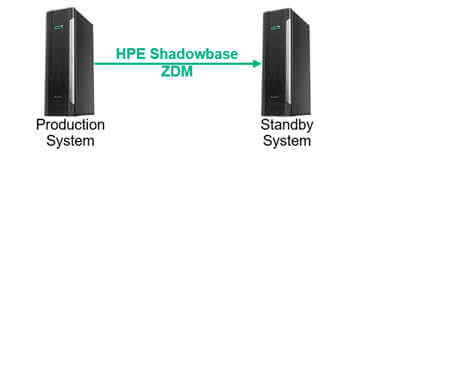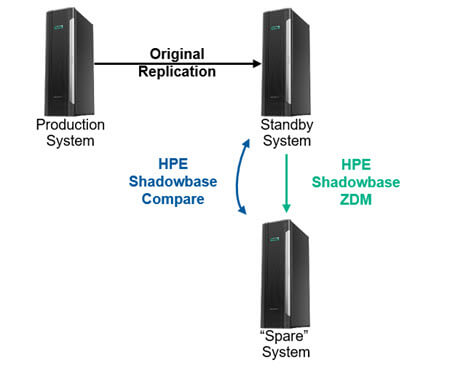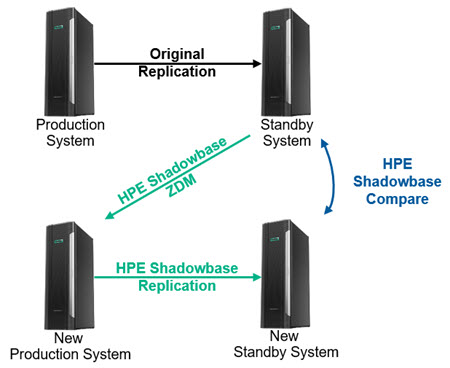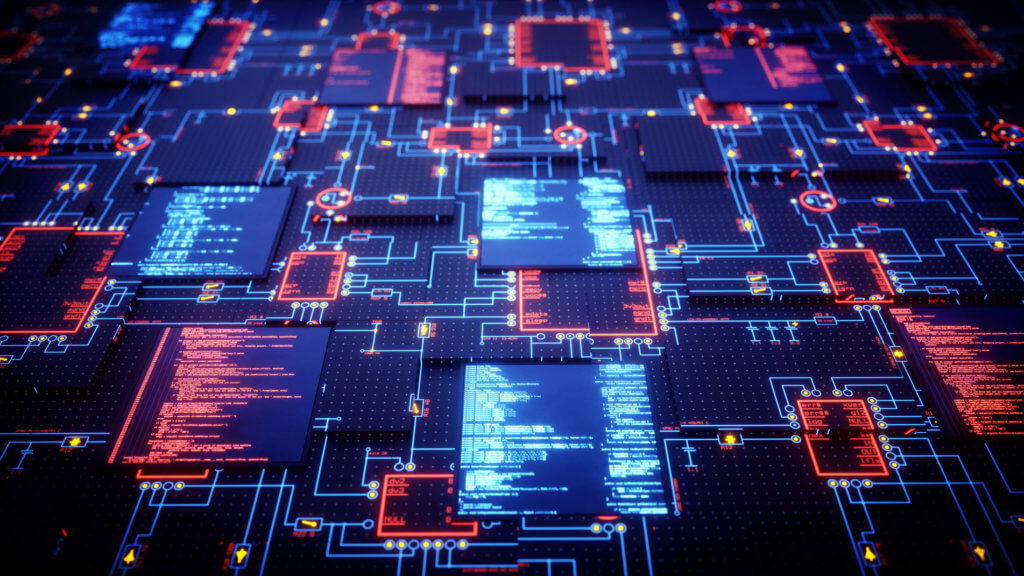- About
- Solutions
- Essentials
- Utilities
- Publications
- Product Delivery
- Support
As enterprises evolve, technical debt grows. Applications that were once cutting-edge become legacy and outdated.
Fortunately, switching to Shadowbase software solves multiple critical problems and enables methods for risk-free, successful migrations.

It provides:
Therefore, most IT installations already have one or more data replication solutions installed on their systems to meet these needs.


Fortunately, by design, HPE Shadowbase software offers several proven:
Migrating from an existing data replication product (or Shadowbase version) to Shadowbase solutions can be undertaken while completely avoiding the risks associated with application service outage and data loss.
This method improves availability over other methods that do require an outage and eliminates the inherent risk normally associated with this type of change.

Version Independence completely avoids inter-operating between different software products or versions. This scalable method works well for companies with only two systems available using proof and verification steps for the migration, where the migration can occur over time and encompass an unlimited number of files and tables. This solution works well for production environments with limited resources — a production system and typically the standby system (assuming the environment has a disaster recovery solution in place).

A better solution exists for environments with three nodes. This solution keeps the upgrade tasks, including the proof and verification steps, independent from the production environment until much later in the migration process.
Using this approach, the old disaster recovery standby (DRS) system is always available for production failover with the original configuration and working database while the new environment is built, tested, and prepared for the cutover.

In a four-node or platform refresh approach, an entirely new production and DRS configuration can be deployed and tested without impact to the existing production/standby environment.
This solution is more complex to initially set up and configure, but it offers:
Note: Each of these approaches can be used with uni-directional and bi-directional replication environments.

IT teams with HPE RDF should plan to migrate to HPE Shadowbase Solutions. RDF was matured by HPE (October 2018), which means that for now the product is still supported; however, it will not be enhanced (no new additional functionality).
Contact Us